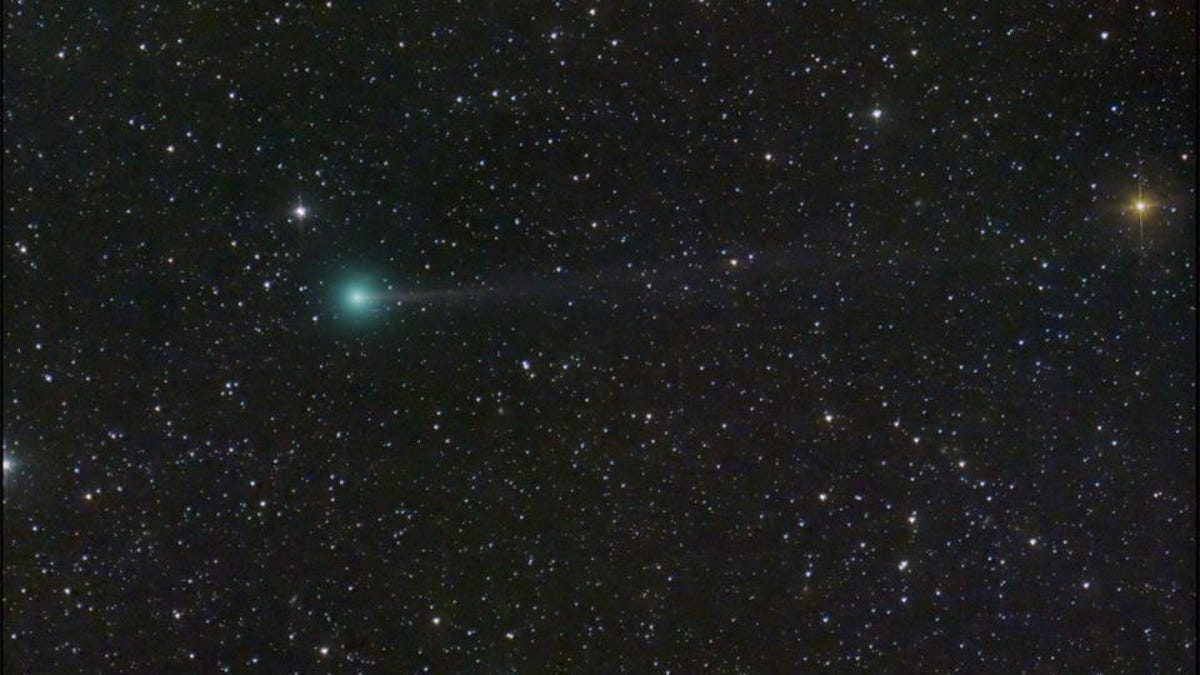See the New Comet Nishimura Before It Disappears for More Than 400 Years

The Universe is giving a cosmic gift this week: a newly discovered comet will fly by Earth to say hello before leaving our planetary surroundings for more than 400 years. Green Comet C/2023 P1, or “Nishimura”, is already visible in the predawn sky, but over the weekend it will become brighter and can be seen without a telescope or even binoculars.
How to see Comet Nishimura
If you’re in the Northern Hemisphere, you’ll have to get up early or go to bed late to see the comet. On September 10 it will rise at 5 am. Each subsequent morning he will appear closer to sunrise, until September 17, when he will become invisible due to the bright light of the Sun. Tuesday, September 12th is the sweetest time: Nishimura will be closest to Earth on this night – just 78 million miles from your home.
To find the comet, look for the crescent of Leo above the east-northeast horizon about an hour before sunrise. Nishimura will appear near the planet Venus. As time passes, the viewing window will become shorter and shorter, and the comet will appear lower and lower on the horizon, until finally it can no longer be seen from behind the Sun.
Seeing this comet is literally a once-in-a-lifetime event: if you miss it, you’ll have to wait for Nishimura’s return flight in 2435 – assuming it isn’t captured by the Sun’s gravitational pull and destroyed in the meantime (unlikely, but possible ).
Is it possible to see Comet Nishimura without binoculars?
Nishimura should be large and bright enough to be visible to the naked eye if you are somewhere with clear skies and little light pollution. But even in such ideal conditions it will be barely noticeable. You’ll get better results if you view it with binoculars, a telescope, or a camera designed for astronomy. With the right equipment, you can see the comet’s green aura or take long exposures to make its long tail more visible. (If you’re interested in getting into stargazing, check out Lifehacker’s guide to astronomy equipment for beginners .)
How Comet Nishimura was discovered
The comet’s namesake, Hideo Nishimura, discovered the celestial object on August 11, 2023. Nishimura is an amateur astronomer and took the first image of the comet using a 30-second exposure on a consumer digital camera.
Astronomers aren’t sure yet, but Earth’s passage in the wake of Comet Nishimura could be responsible for the Sigma Hydrid meteor shower visible every December.